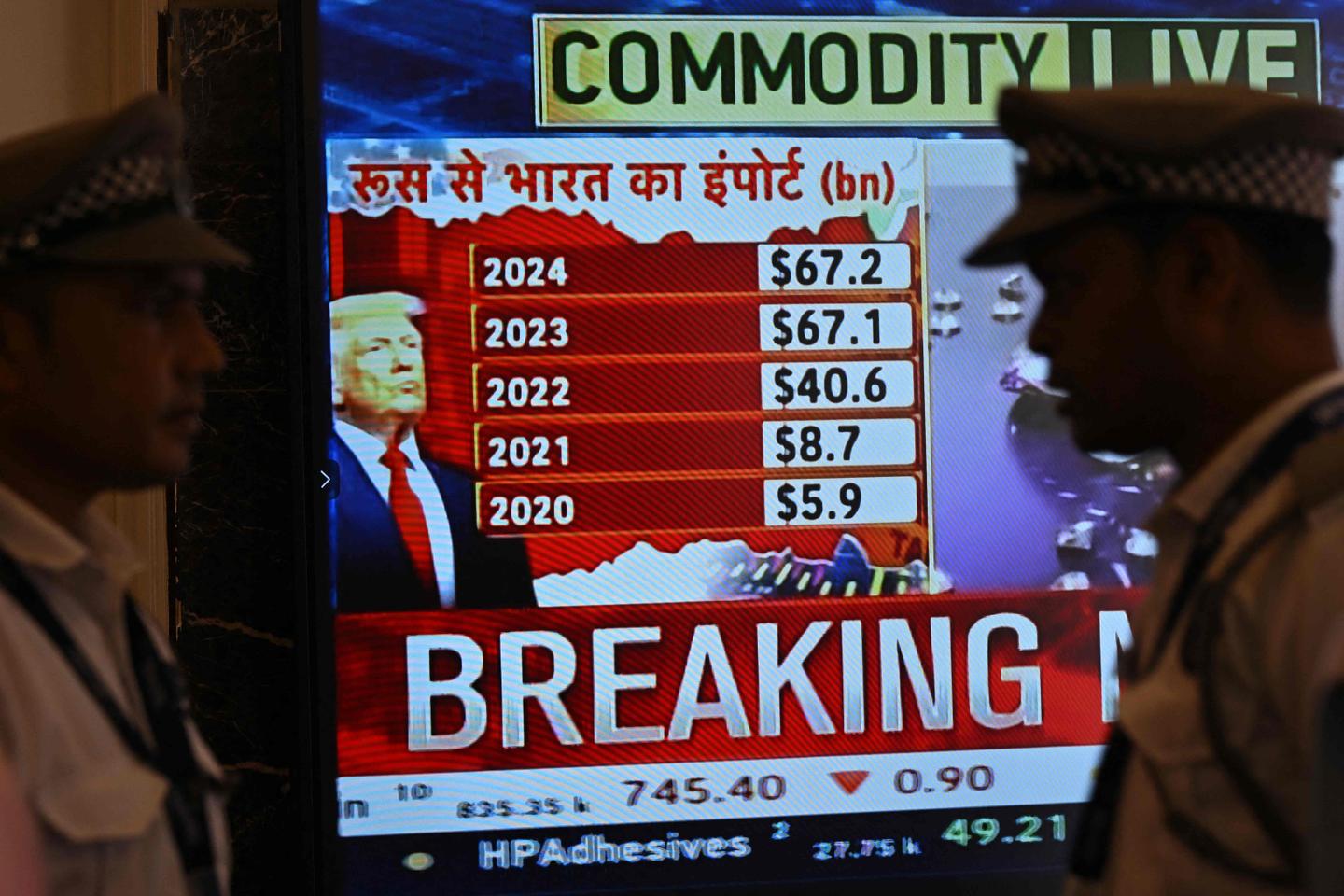
Introduction: Understanding Trump Tariffs
The tariffs implemented during Donald Trump’s presidency have been a significant topic of discussion among economists, policymakers, and the public. Introduced primarily in response to trade imbalances and allegations of unfair practices by countries such as China, these tariffs have altered the landscape of international trade. Their relevance extends beyond mere budgetary impacts, affecting employment, prices, and global supply chains.
Overview of Trump’s Tariff Policies
Starting in 2018, the Trump administration imposed a series of tariffs on a wide range of goods, most notably steel and aluminium, as well as a multitude of Chinese imports. Under Section 301 of the Trade Act of 1974, tariffs were implemented to protect American industries and to encourage domestic production. As a result, tariffs on $370 billion worth of Chinese goods were instituted, with rates reaching as high as 25%. The intended outcome was to level the playing field for U.S. manufacturers and to combat the growing trade deficit.
Economic Consequences
The immediate effects of these tariffs were felt across various sectors. For U.S. consumers, the increase in costs of imported goods led to higher prices at retail outlets, impacting household budgets. Several studies indicated that U.S. firms also faced rising costs for raw materials, which translated into reduced competitiveness in the global market. A report from the Federal Reserve estimated that the tariffs cost American households approximately $1,300 in higher prices through 2019.
Reactions from the Global Community
In response to the tariffs, nations affected by these policies instituted retaliatory tariffs on American goods. This led to increased tensions in international relations, particularly with China, which has vowed to protect its trade interests vigorously. The ongoing trade war affected not only bilateral relations but also the global economy, leading to concerns over a potential recession.
Current Situation and Future Implications
As of 2023, the Biden administration has maintained some of these tariffs while reassessing trade strategies. The focus has shifted towards rebuilding alliances and strengthening domestic supply chains. Economic analysts are divided on the future of these tariffs; while some argue they are necessary for protecting American jobs, others contend they stifle innovation and increase costs for consumers. The evolution of these policies will likely play a pivotal role in shaping both the U.S. economy and global trade dynamics in the years to come.
Conclusion
Trump tariffs have undoubtedly left a lasting imprint on the U.S. economy and international trade relations. Their intricacies reveal a complex balance between protectionism and globalisation that policymakers must navigate moving forward. As we look ahead, understanding the implications of these tariffs will remain crucial for businesses, consumers, and governments alike.
You may also like

Current Status of the Bank of England Base Rate

The Importance of Money Transfer Services in Today’s World
